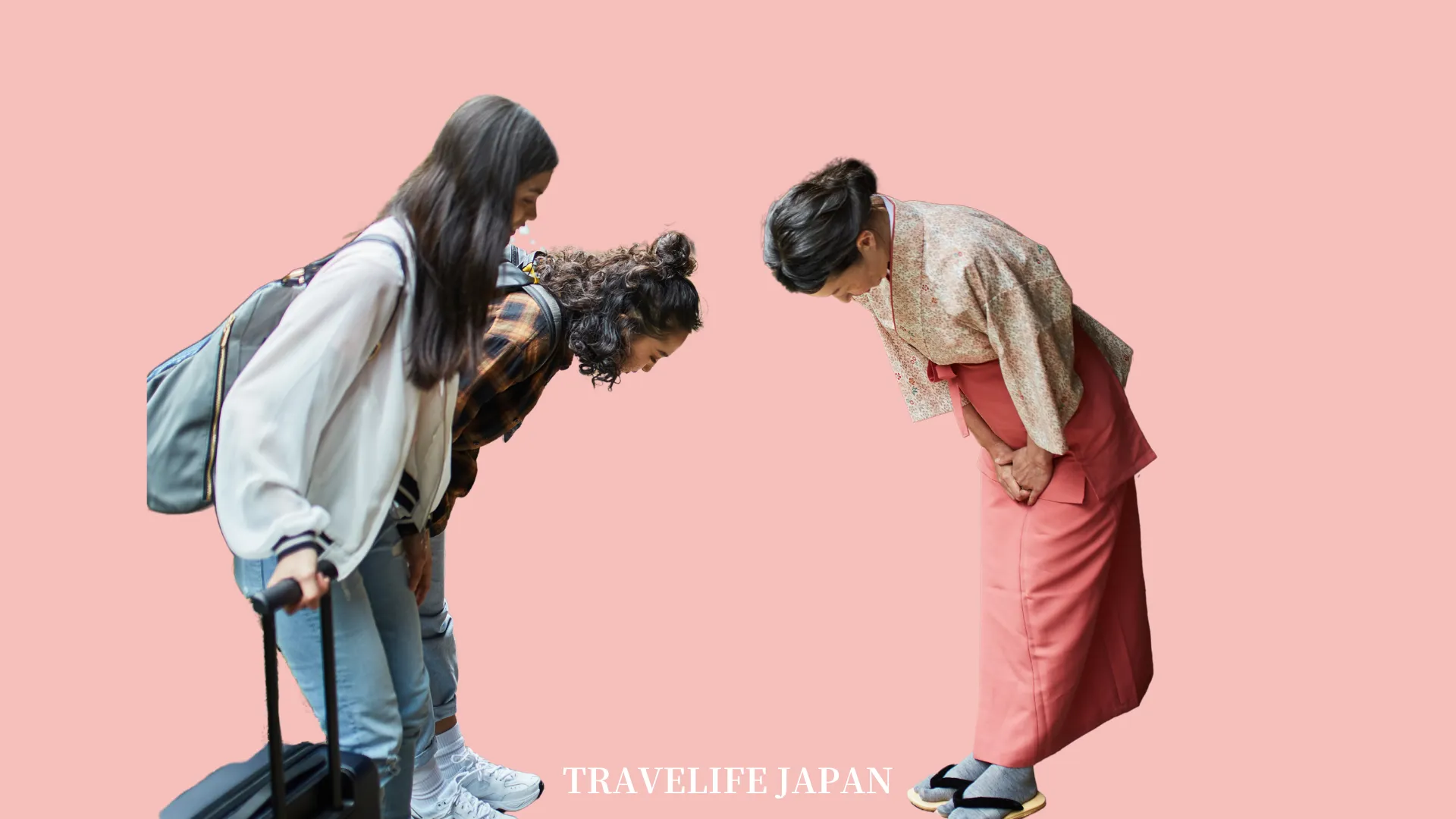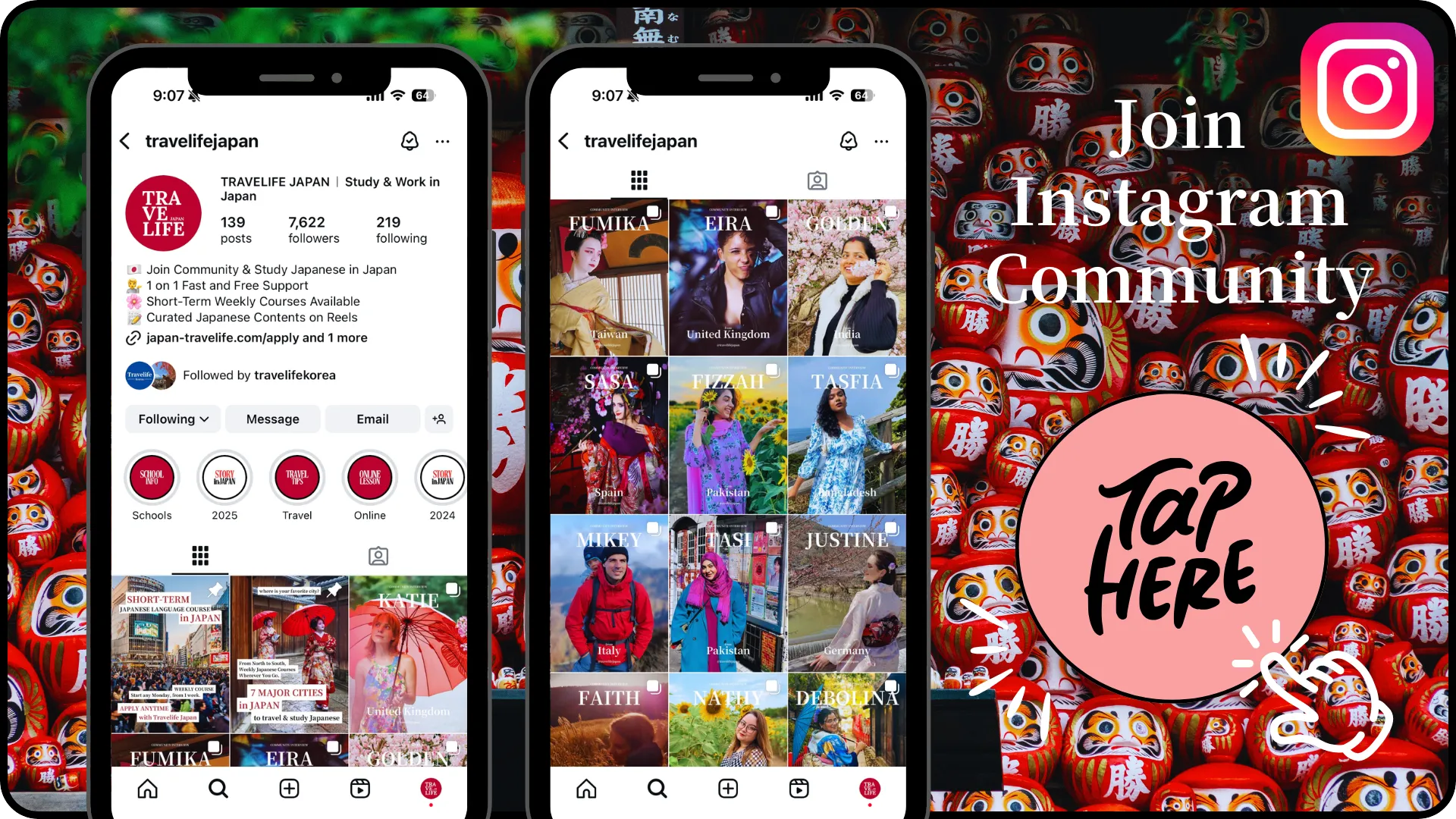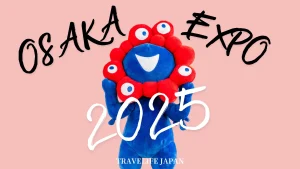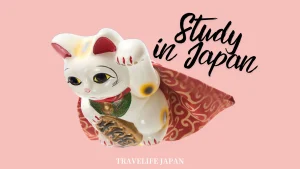Wondering how to master Japanese greetings? Dive into our exploration of 30 essential Japanese greeting phrases, offering pronunciation guides, detailed explanations, and insights into the etiquette of delivery. This comprehensive overview is invaluable for anyone keen to understand the nuances of Japanese greetings, enhancing both language skills and cultural understanding.
Want to learn Japanese in Japan?
Ask us any questions with free application support.
Fast and Easy!
Essential Japanese Greeting Phrases for Daily Life
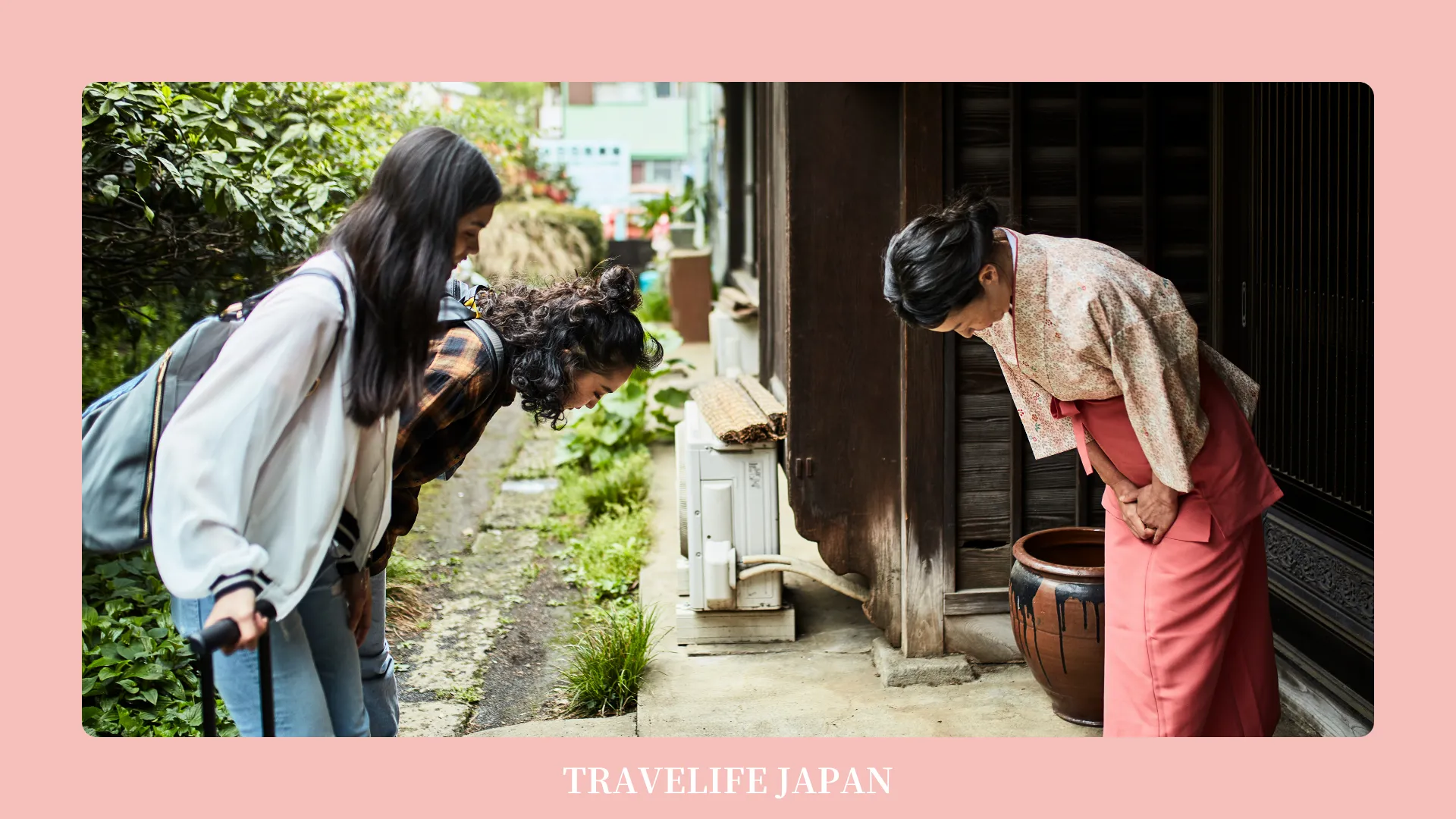
- おはようございます (Ohayou Gozaimasu)
“Good morning.” A polite way to greet someone in the morning. Use “おはよう (Ohayou)” in informal situations. - こんにちは (Konnichiwa)
“Good afternoon” or “Hello.” A versatile greeting used from late morning to early evening. - こんばんは (Konbanwa)
“Good evening.” Used when greeting someone in the evening. - さようなら (Sayounara)
“Goodbye.” A formal way to bid farewell. - じゃあね (Jaa ne)
“See ya.” An informal goodbye, often among friends. - おやすみなさい (Oyasuminasai)
“Good night.” Said before going to bed or parting at night. - いただきます (Itadakimasu)
“I humbly receive.” Said before eating to show gratitude. - ごちそうさまでした (Gochisousama Deshita)
“Thank you for the meal.” Said after eating. - はじめまして (Hajimemashite)
“Nice to meet you.” Used when meeting someone for the first time. - どうぞよろしくお願いします (Douzo Yoroshiku Onegaishimasu)
“Please be kind to me.” Often follows “Hajimemashite.” - ありがとうございます (Arigatou Gozaimasu)
“Thank you.” Formal and polite. - どういたしまして (Dou Itashimashite)
“You’re welcome.” A polite response to “Thank you.” - すみません (Sumimasen)
“Excuse me” or “I’m sorry.” A versatile phrase for apologies or getting attention. - お疲れさまです (Otsukaresama Desu)
“Thank you for your hard work.” Said to colleagues after work. - いってきます (Ittekimasu)
“I’ll go and come back.” Said when leaving home. - いってらっしゃい (Itterasshai)
“Go and come back.” Response to “Ittekimasu.” - ただいま (Tadaima)
“I’m home.” Said upon returning home. - おかえりなさい (Okaerinasai)
“Welcome home.” Response to “Tadaima.” - お元気ですか (Ogenki Desu ka)
“How are you?” A formal way to inquire about someone’s well-being. - 元気です (Genki Desu)
“I’m fine.” A response to “Ogenki Desu ka.” - 久しぶり (Hisashiburi)
“Long time no see.” Used when meeting someone after a long time. - おめでとうございます (Omedetou Gozaimasu)
“Congratulations.” A formal way to congratulate someone. - 頑張ってください (Ganbatte Kudasai)
“Please do your best.” Encouragement for someone. - 失礼します (Shitsurei Shimasu)
“Excuse me for leaving.” Said when leaving a gathering or room. - お先に失礼します (Osaki ni Shitsurei Shimasu)
“I apologize for leaving before you.” - いらっしゃいませ (Irasshaimase)
“Welcome.” Used by shopkeepers when customers enter. - どうも (Doumo)
“Thanks” or “Hi.” An informal and brief way to say thanks or hello. - お邪魔します (Ojama Shimasu)
“I will be in your way.” Said when entering someone’s house. - 行ってらっしゃい (Itterasshai)
“Go and come back safely.” Often said to family members when they leave the house. - 行ってきます (Ittekimasu)
“I’m off.” Used when leaving the house.
Japanese Greeting Manners
Japanese greeting manners are deeply rooted in the country’s cultural ethos of respect, harmony, and hierarchy. These manners go beyond verbal communication, embodying a set of physical and contextual etiquettes that are integral to Japanese social interactions.
- Bowing (お辞儀, Ojigi)
The most distinctive aspect of Japanese greetings is the bow. It’s a physical manifestation of respect and humility. The depth and duration of the bow vary depending on the situation. A slight nod of the head suffices for casual greetings among friends, while a more formal and deeper bow is reserved for formal occasions or when showing deep respect or apology. The deeper the bow, the stronger the emotion or respect conveyed. - Contextual Awareness
Understanding the context is key in Japanese greetings. Using the appropriate level of politeness based on the social status, age, and familiarity with the person you are addressing is crucial. Formal language, or keigo (敬語), is often used in professional settings or with someone of higher status, while casual language is reserved for close friends and family. - Eye Contact and Facial Expressions
While bowing, maintaining minimal eye contact is a sign of respect in Japan. Excessive eye contact can be perceived as rude or aggressive. Facial expressions are typically subdued during greetings, reflecting the Japanese cultural preference for restraint and modesty. - Verbal Greetings
Along with the bow, verbal greetings such as “Konnichiwa” (こんにちは, good afternoon) or “Ohayou Gozaimasu” (おはようございます, good morning) are used, varying based on the time of day and formality of the situation.
These nuances in Japanese greeting manners are not just about politeness but also about expressing sincerity, respect, and appreciation in social interactions. Understanding and practicing these manners can greatly enhance one’s ability to effectively communicate and engage in Japanese society.
Conclusion
Greeting in Japan is an art that combines language and action, reflecting the country’s cultural emphasis on respect and etiquette. Understanding both the phrases and the manners associated with greeting in Japanese can significantly enhance your communication skills and cultural understanding. Whether for personal enjoyment or professional necessity, learning these greetings and their proper usage is a foundational aspect of immersing yourself in Japanese culture.
\ Follow Our Community /
STUDY IN JAPAN
INQUIRE NOW
Want to learn Japanese in Japan?
Ask us any questions with free application support.
Fast and Easy!
